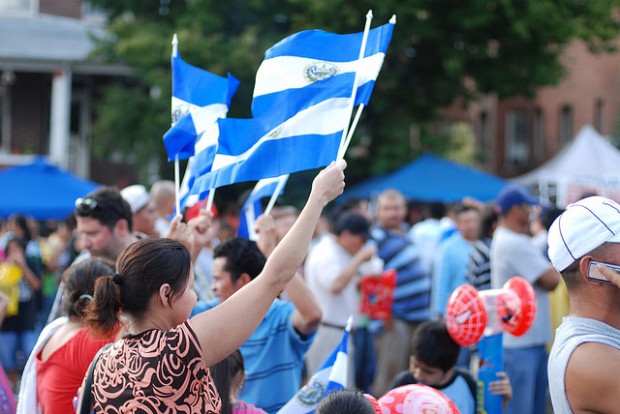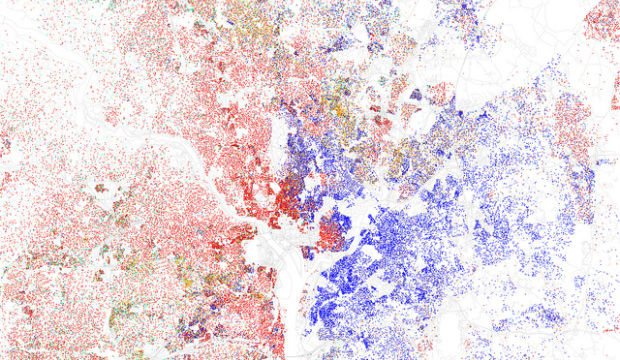The District’s poverty rate — 19.9 percent — is the third highest in the nation. But the way that rate breaks down by race shows that not all groups are affected equally by poverty.
These figures come courtesy of the U.S. Census Bureau, which recently released its American Community Survey 2010 estimates for poverty and race. (Keep in mind the figures have various margins of error.):
| Poverty Rate | Median Income | |
| White | 8.5% | $99,220 |
| Hispanic | 14.7% | $60,798 |
| Asian | 20.1% | $77,098 |
| Black | 27.1% | $37,430 |
*American Community Survey 2010 Estimates
Kathryn Baer of Poverty and Policy also points out that the percentage of D.C.’s children living in poverty has risen to 30.4 percent, the second-highest childhood poverty rate in the country. Baer writes:
In short, these are mostly grim figures — and a far cry from the “one city” Mayor Gray envisions.
To my mind, the child poverty rate rings the loudest alarm bells because we’ve got volumes of research showing that children who live in poverty have much higher risks of poor health, developmental delays, academic difficulties and other problems;
These, the research shows, pave the way for lifelong poverty — and thus another generation of children who are born with two strikes against them.





